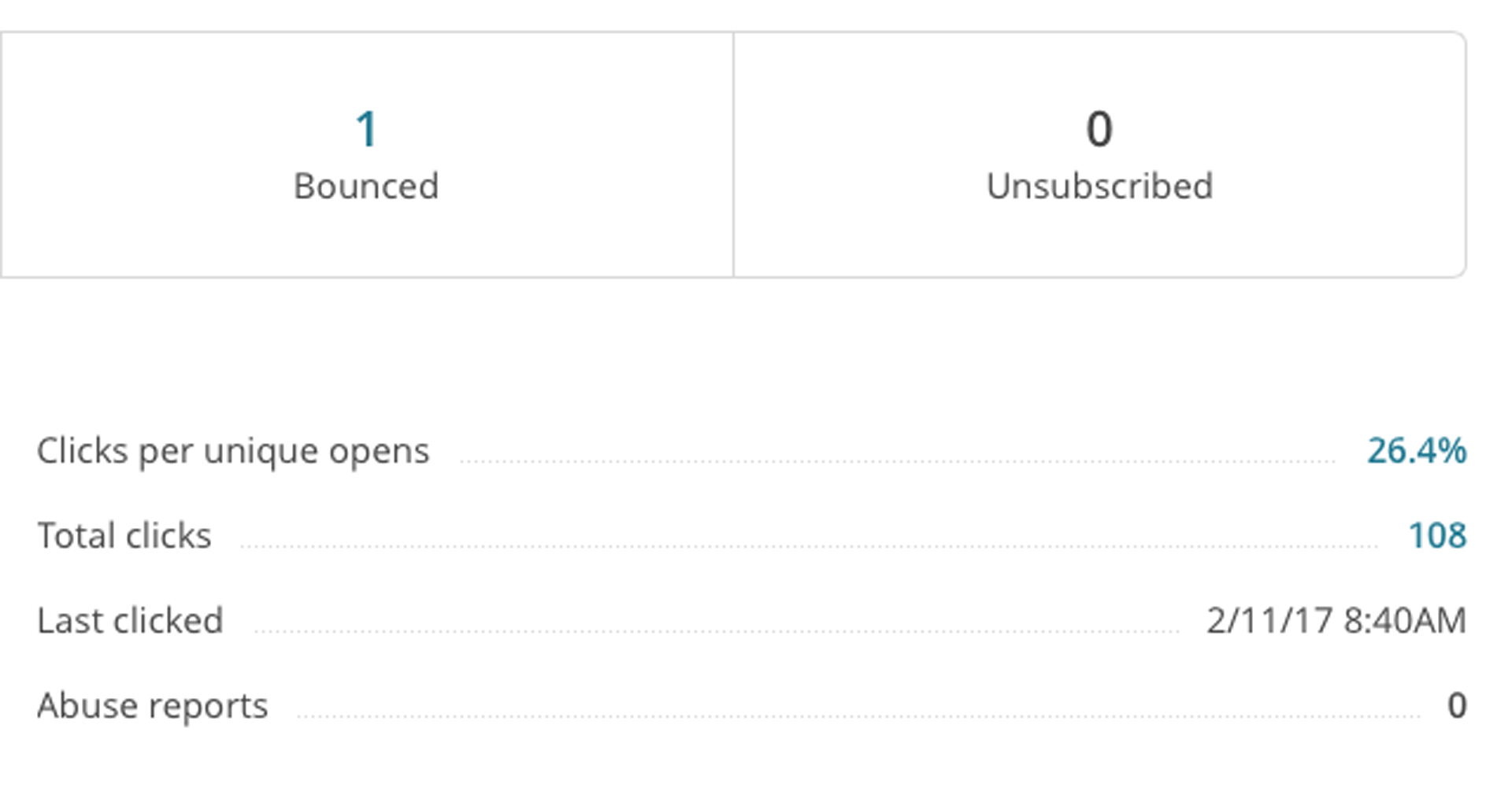Using Email Marketing for Your Business, Part 2
Once you’ve done your initial homework on the need for an email marketing campaign, have your email list and know who you’re going to send to and have the creative ready to go, you’ll want to know the metrics – how will you know the success of the campaign? What actions from the recipient will constitute a conversion? Will you have more than one conversion for the email (IE several micro conversions, one macro conversion or a combination of both)? Tracking this data is an important part of email marketing and will tell you a lot about your consumers.
MACRO & MICRO CONVERSIONS
Not sure what a micro conversion or a macro conversion is or why you’d want either? Micro conversions are small steps that a user would take toward completing a bigger primary conversion, usually referred to as a macro conversion. Micro conversions could be, on an e-commerce site, adding a product to a shopping cart or customizing an item. Micro conversions can tell you a lot about where your digital marketing is falling short, or where it’s succeeding. It’s always good to take into account the micro conversions as people will sometimes be more likely to convert through a micro conversion than through a macro conversion. Micro conversions can also be desired secondary actions, such as signing up for an email newsletter or downloading a resource. Either way, micro conversions are very important in telling you how well your site or digital marketing is working.
Macro conversions are primary goals for a website or email campaign. Your call-to-action (CTA) in your email campaign, which should also be your macro or primary conversion trigger, should be abundantly clear to the recipient. It has also been found that, to increase conversions, wording of the CTA must be optimized. For instance, in an e-Commerce email campaign, “Buy Now” could be better optimized for “Buy Now for $19.95”. Adding the price to the CTA increases the likelihood that only those who are serious about buying the item will click through to your landing page and complete the purchase. Optimizing your emails and landing pages is extremely important in increasing conversions. For more on landing pages, click here.
EMAIL MARKETING METRICS
& WHAT RESULTS YOU CAN EXPECT
Obviously, conversions are the ultimate goal of any email marketing campaign – you want the recipient to respond somehow to your message – whether it is clicking through to a landing page, printing out a coupon, or downloading an asset. However, there are other metrics that important to measure the success of the campaign.
Email Message Open Rate
Your Open Rate tells you how many people opened your email. Some services, such as MailChimp and Constant Contact, go even further by telling you whether the email was opened on a mobile device or on a desktop computer and give separate percentages for each. Some even tell you how many times a given user has opened the message, which could provide some insight into the quality of the message. Usually, messages that are opened multiple times are saved to reread at a later time, which isn’t a bad thing. Ideally though, you want to add a sense of urgency to your campaign so that recipients take action immediately.
“Good” open rates will vary depending on industry (MailChimp provides industry average open rates vs. actual opens to you in their reporting) and it’s best to wait a couple days after the initial send to evaluate the metrics. Some services, like MailChimp, will calculate a list average, which will help evaluate how a particular campaign stacks up against your list’s average, which is great information to have.
It’s best to not get too hung up on the open rate though, even though it is a good metric to track because your open rate is almost always going to be higher than your CTR which is in turn higher than your conversion rate. Ultimately, while your open rate tells you how many people were compelled to open your message, you’re really concerned with click-throughs and conversions, which will tell you a better story about what your recipient’s consumer behavior is.
Click-Through Rate (CTR)
One of the most important metrics that you should measure is your click-through rate or CTR. Your CLick-Through Rate (CTR) measures exactly what it implies – those users that click a CTA button linking to a landing page or website. Your CTR is directly related to your conversion rate in the everyone who converts, should be clicking through. However, not everyone that clicks through will convert. It’s therefore important to know what your CTR is with relation to your conversion rate so that you can tell how many people are not converting that click through from your email. This metric can give you important insight into a landing page that isn’t converting or if another process once the user clicks away from the email is failing.
Like your open rate, the click-through rate can be a bit deceiving because not everyone that clicks through will convert, which is the overall goal of the campaign. You will never get everyone who receives the email to click-through and convert. It just doesn’t happen. However, if your landing page is doing its job, all your email will need to do is encourage them to click-through.
So, if they open the email but don’t click-through, you know that the issue is with the design and content of the campaign. If they click-through but don’t convert, you know it’s the fault of the landing page.
Other Important Metrics
Other important metrics to pay attention to include unsubscribes, abuse or spam reports and bounces. Unsubscribes are good to follow, especially if the number of unsubscribes increases with each campaign. You could be sending to often or not enough or they could have forgotten that they signed up for your list to begin with. Abuse or spam reports are good to stay on top of because if your content seems spammy or your email too often, people are more likely to mark the message as spam than just unsubscribe. As a general rule, email marketers are only allowed one spam report per thousand emails sent before it could negatively affect your ability to send using a given email service provider. Finally, monitoring your email bounces is the last metric to stay on top of. Bounces come in two flavors – hard and soft. Hard bounces usually refer to an email address not existing at all while a soft bounce could be an inbox that is full or that timed out. Either way, if you have too many bounces, it could also negatively affect your ability to send email campaigns through a given service.
CAMPAIGN LIST MANAGEMENT
Your email campaign is only going to be as good as the quality of the addresses in your list – making sure that the addresses are correct, that there are no typos or bad emails in your list is extremely important and can decrease the number of bounces, unsubscribes, and spam reports from your campaign. And, if you’re not gathering your list the proper way (IE getting people to opt-in vs. harvesting email addresses from the internet) you could also lose your good reputation when you email people who never opted in to begin with. Email list gathering and management is another whole topic for another day, though.
So, there you go. You now have a good start to putting together an email campaign for your business and how to optimize it for conversions. Additionally, we’ve given you some advice on what to look for when tracking your campaign analytics. Email marketing campaigns are not just thrown together willy nilly – it takes preparation and planning to executive a successful campaign that drives sales, which is ultimately what you want from your online marketing. Miss part one of this blog post series? Click here.










